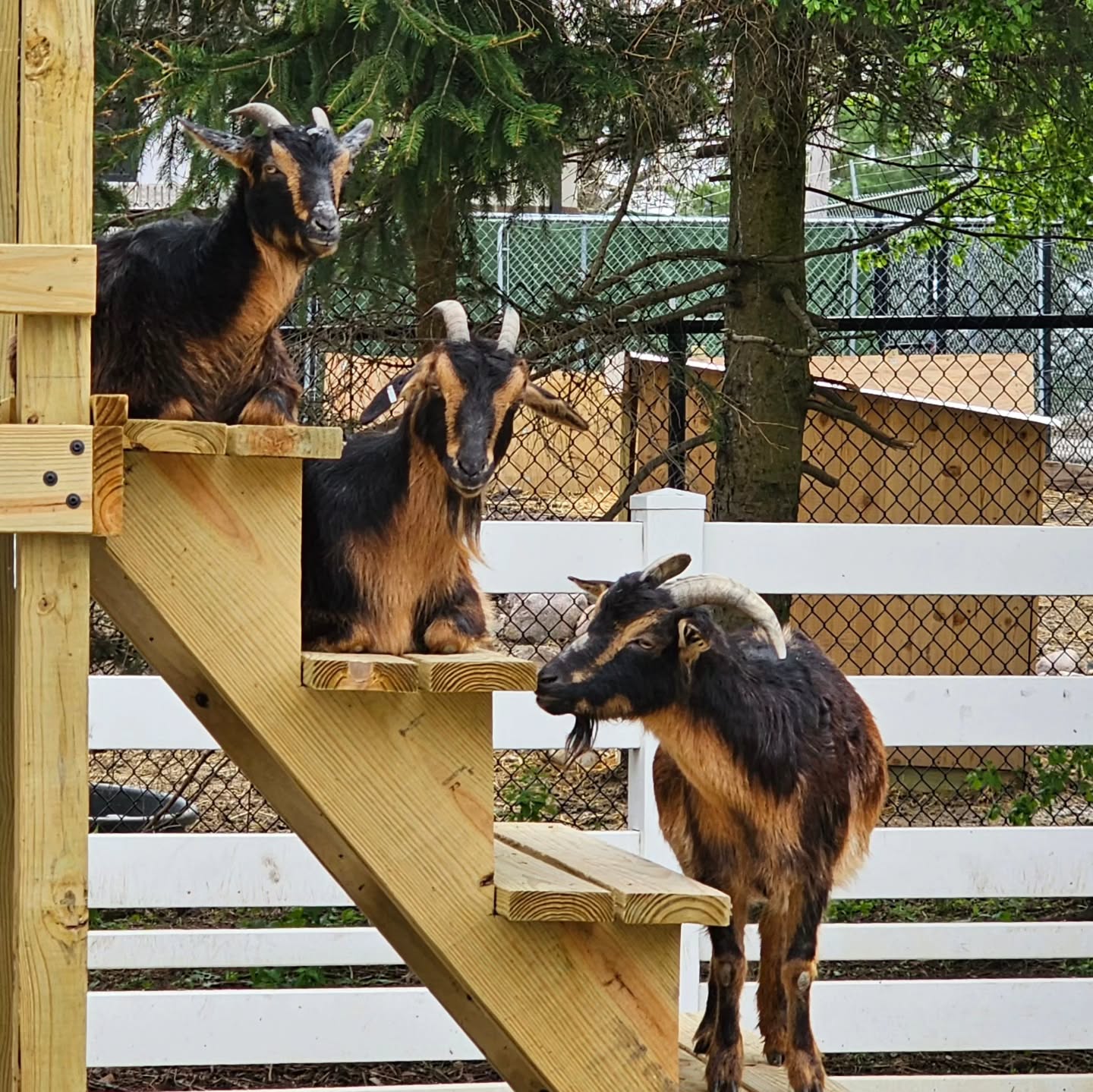- The importance of outdoor enrichment for animals in zoos and its impact on well-being and behavior
- The role of social interactions and bonding in animal groups, exemplified by goats
- Wildlife conservation efforts and educational programs in zoos to encourage public engagement
- The challenges and considerations in zoo management for maintaining healthy animal environments
- The significance of natural behaviors in captivity and how zoos simulate these experiences
Ensuring that animals in zoos have a fulfilling environment is crucial for their physical and psychological well-being. One of the primary strategies employed by modern zoos is the emphasis on outdoor enrichment activities. These activities simulate natural habitats, encouraging animals to engage in behaviors typical to their species. Outdoor enrichment not only contributes to the physical health of the animals by promoting exercise but also serves as an outlet for mental stimulation. For instance, foraging activities or the introduction of puzzle feeders are common techniques used to keep animals mentally engaged.
Social interactions are another critical aspect of animal well-being in zoos. Animals like goats, known for their social nature, thrive in groups. These social bonds are essential for their psychological health, reducing stress and enhancing overall well-being. Goats engage in various interactive behaviors, such as grooming and play, which are pivotal for strengthening social ties and developing hierarchy within the group. By observing these behaviors, zookeepers can gather insights into the social dynamics and overall health of the group.
Zoos also play a vital role in wildlife conservation efforts. They provide an avenue for educating the public about the need to protect wildlife and natural environments. Conservation programs have numerous facets, including breeding endangered species, rehabilitating injured wildlife, and running campaigns to raise awareness about environmental issues. Additionally, many zoos collaborate with international conservation organizations to support efforts to protect habitats and prevent species extinction.
Managing a zoo to provide optimal conditions for animals involves several challenges and considerations. Enclosure design, dietary management, and veterinary care are critical components. Enclosures need to mimic the natural environments of the animals to encourage natural behaviors. Furthermore, providing a balanced diet that meets the nutritional needs of each species ensures their physical health. Regular health check-ups and medical care are necessary to prevent and treat illnesses.
Simulating natural behaviors in captivity is not only beneficial for the animals but also enhances educational experiences for visitors. Observing animals in a setting that mirrors their natural habitat allows visitors to understand the complexities of wildlife behavior and the importance of habitat conservation. Zoos employ various strategies, including the creation of enriching environments and interactive exhibits, to engage visitors and foster a connection with wildlife conservation.
By bringing together these elements of zoo management, conservation efforts, and public education, zoos serve as crucial platforms for promoting wildlife preservation and awareness. The continued innovation and dedication in these areas are vital for the sustainability of both the animals within zoos and wildlife populations globally.
*****
Source Description
It’s been a hang outside with your buddies kind of day! Cross your hooves the rest of the week stays that way! 🐐🌞


